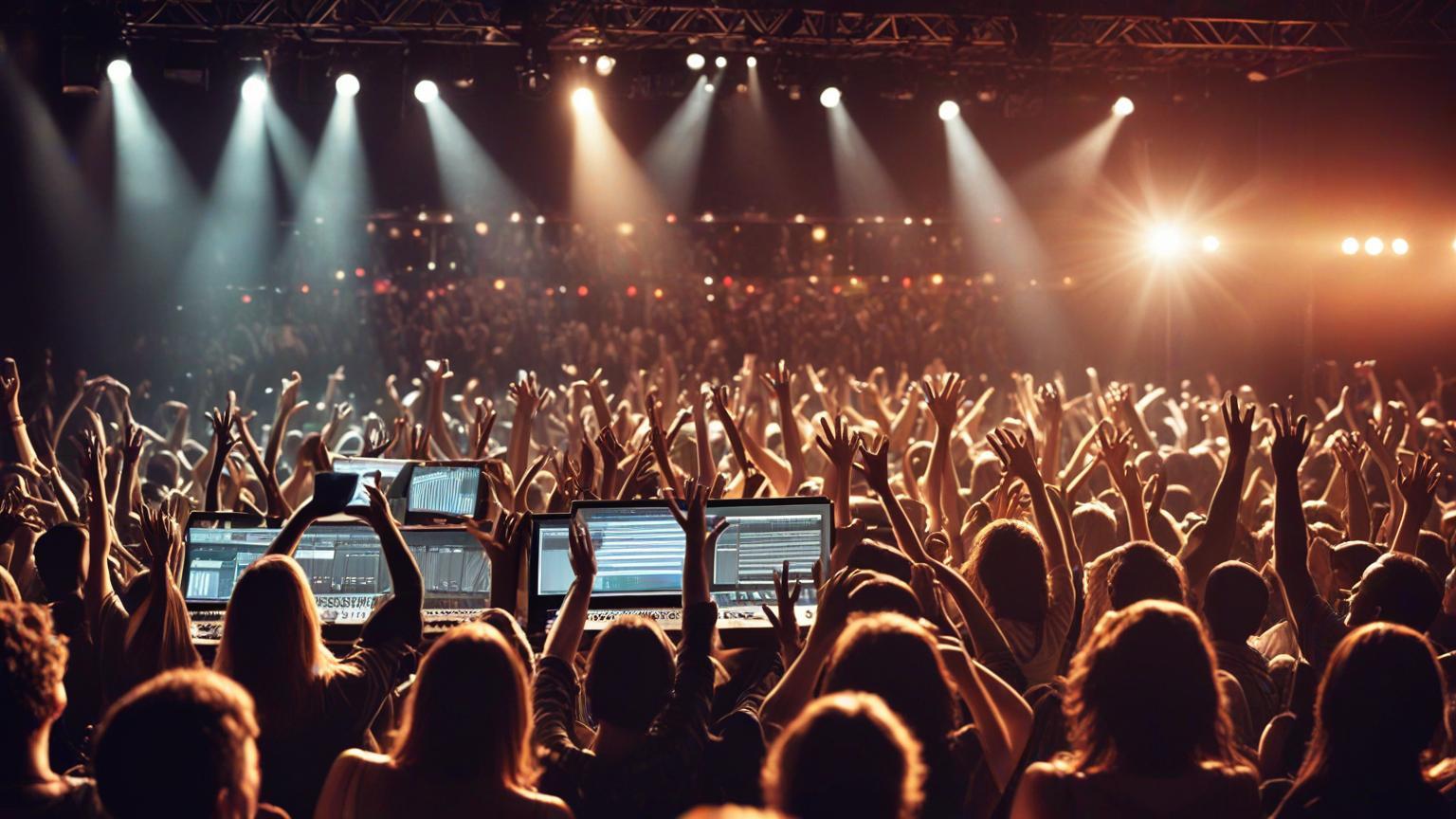In the ever-changing world of music, live performances hold a special place in the hearts of fans. They connect audiences to artists in ways that can't be replicated in digital formats. However, the landscape of live music is rapidly evolving in response to technological advancements, environmental considerations, and shifting audience expectations.
Once a straightforward recital of musical talents, live performances have now embraced technology to create immersive experiences. Video mapping, augmented reality, and drone light displays are pushing the boundaries of what constitutes a concert. Pioneering artists are turning their gigs into multimedia masterpieces, delighting fans and setting new standards in the industry.
While the glitzy side of tech integration gets much attention, there's also another narrative evolving – sustainable touring. With growing awareness of climate change, artists like Coldplay and Billie Eilish are at the forefront of eco-friendly touring initiatives. From carbon offsets to zero-waste shows and solar-powered stages, musicians are becoming more conscientious about their environmental impact.
Yet, the harmony between artistry and technology isn't without its dissonance. The recent trend of concerts moving to virtual and hybrid formats, hastened by the pandemic, has introduced both challenges and opportunities. Artists have reached wider audiences but face the hurdle of recreating their personas virtually. Bands like BTS have mastered the art of connecting with fans across the globe by harnessing digital platforms.
The rising costs of tours, amplified by inflation and logistics complexities, are straining even top-tier artists. Some bands choose to streamline production to cut costs, while others are innovating new revenue streams through merchandise, exclusive fan experiences, and partnerships.
The strain of post-pandemic live music has not only affected artists but also the venues that house them. Smaller venues, crucial for emerging artists to build their fanbase, are struggling to survive. Community-led initiatives are springing up across the world to support these essential spaces, recognizing their cultural and economic contributions to the music ecosystem.
As live music charts unfamiliar territories, one integral player remains constant – the fan. Audiences crave not just music, but experiences that resonate at a personal level. Consequently, artists are tailoring experiences to fan demographics and utilizing social media to maintain an ongoing dialogue with their audiences.
In the broader context, the evolution of live music reflects the industry's capacity to innovate while staying rooted in its traditions. For fans, each concert season promises a fusion of nostalgia and novelty, ensuring that live music remains an irreplaceable cultural staple.
In conclusion, the dynamics of live music underscore a broader dialogue about the future of the creative arts. The fusion of technology with environmental mindfulness, logistical challenges with innovative solutions, highlights a resilient ecosystem capable of adapting and thriving. As the curtains rise on this new chapter, the music plays on, casting a hopeful note for artists and fans alike.
The evolving landscape of live music: innovations and challenges in the digital age

